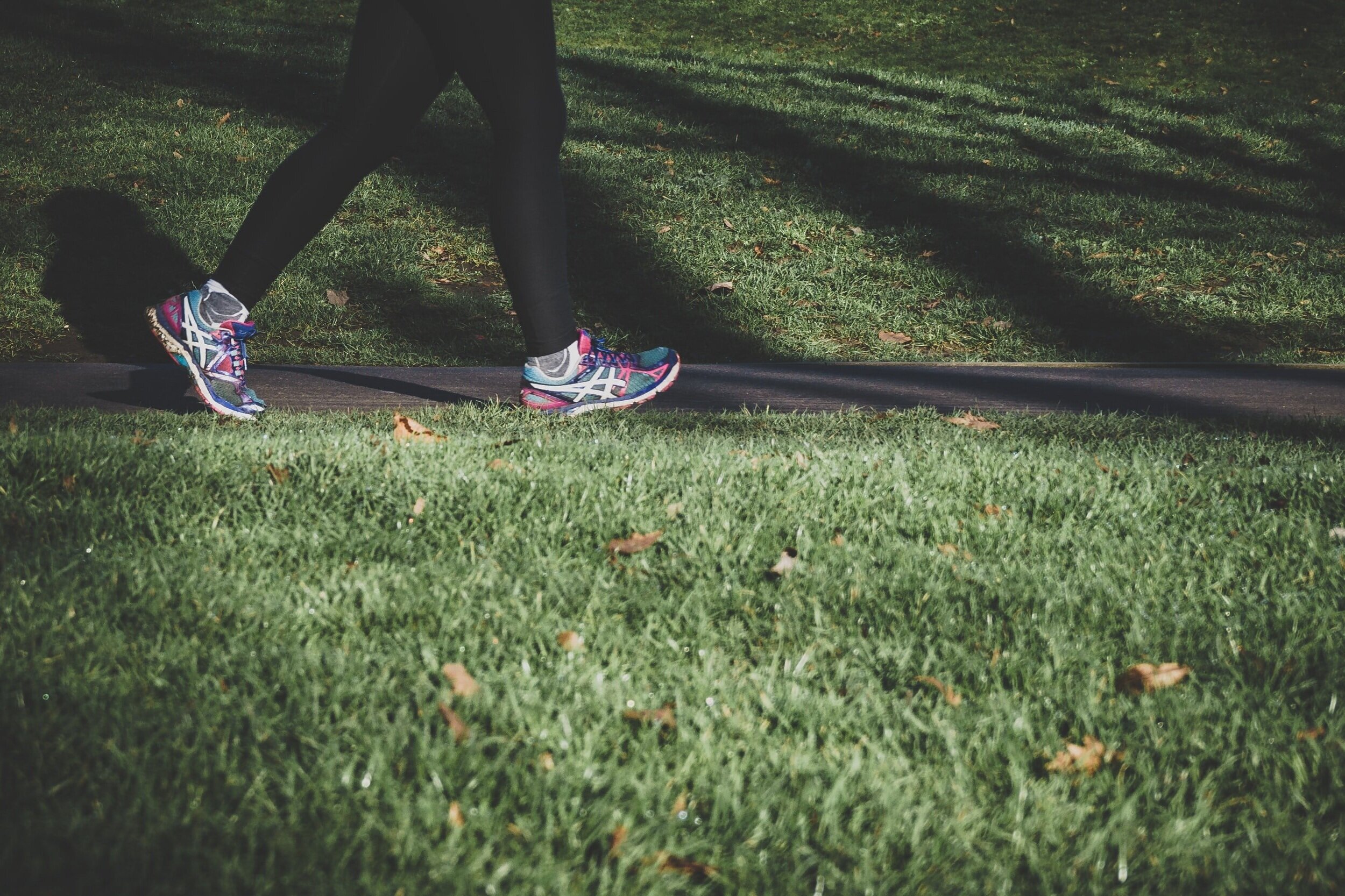
Building a Healthy Bundaberg
In collaboration with Health and Wellbeing Queensland
‘Building a Healthy Bundaberg’ is an initiative aimed at improving the health and wellbeing of Bundaberg residents.
Spearheaded by Bundaberg Regional Council, Health and Wellbeing Queensland, and the Queensland Government’s Department of Tourism, Innovation, and Sport, the initiative has committed to reducing the region’s rate of overweight and obesity below the national average by 2030 and is currently supporting a range of health-related projects and initiatives in the region.
To meet this ambitious goal, members recognised the need for an evidence-based approach to support the design and delivery of a place-based initiative to improve health and wellbeing outcomes for the region. In late 2020, we were engaged by Health and Wellbeing QLD to embed behavioural science into the future design, delivery, and evaluation of the initiative.
Approach
We were tasked with analysing the behavioural motivators and barriers surrounding how community members engage with health and wellbeing services, along with the behavioural patterns relevant to the design and delivery of a unified place-based initiative in Bundaberg. There were three core components of this work, which are described below.
Analysis
To undertake this work, we conducted our Behavioural Systems Analysis throughout December 2020 – March 2021. The BSA is an evidence-based framework used to analyse the system within which behaviour occurs and lay the foundation for the future implementation of a place-based health initiative.
Our BSA involved extensive stakeholder engagements to ensure the community’s perspectives were accurately captured in the design of the place-based initiative. We also reviewed the psychological literature to identify the specific psychological factors likely to influence engagement, conducted an audit of concurrent projects, and examined key design principles from successful health-related behaviour change programs. Taken together, the BSA provided our team with a suite of design principles for the future place-based initiative.
Capacity Building
Throughout March and April 2021, we hosted two capacity building workshops with local providers and state-wide initiatives with an active presence in Bundaberg. Workshops aimed to increase linkages between existing services, develop a shared perspective on improving health and wellbeing in the region, and start the process of building ownership and commitment to the place-based initiative.
Monitoring and Evaluation
We also developed a Monitoring and Evaluation (M&E) plan to track behaviour change during roll-out of the place-based initiative. The M&E plan provides a roadmap for monitoring changes in health-related attitudes, behaviours, and beliefs at each level of the system.
Outcomes
To date, our team has reviewed 200 academic sources, engaged 110 stakeholders from 33 organisations, identified 27 concurrent projects and their points of linkage, and has identified 11 barriers to change which are relevant to the future design of a place-based initiative.
We’re now in the process of designing and implementing the Bundaberg place-based initiative. The implementation phase will see our team gain commitment and ownership from key influencers in the community, deliver capacity building workshops to enable providers to work more effectively, capture regional data through our M&E plan, and implement a communications campaign to normalise and destigmatise change in the region.
Our work in Bundaberg has provided an innovative approach towards improving the health of regional and remote communities. We’re currently exploring how this approach can be applied to similar regions to improve health outcomes throughout Queensland.
